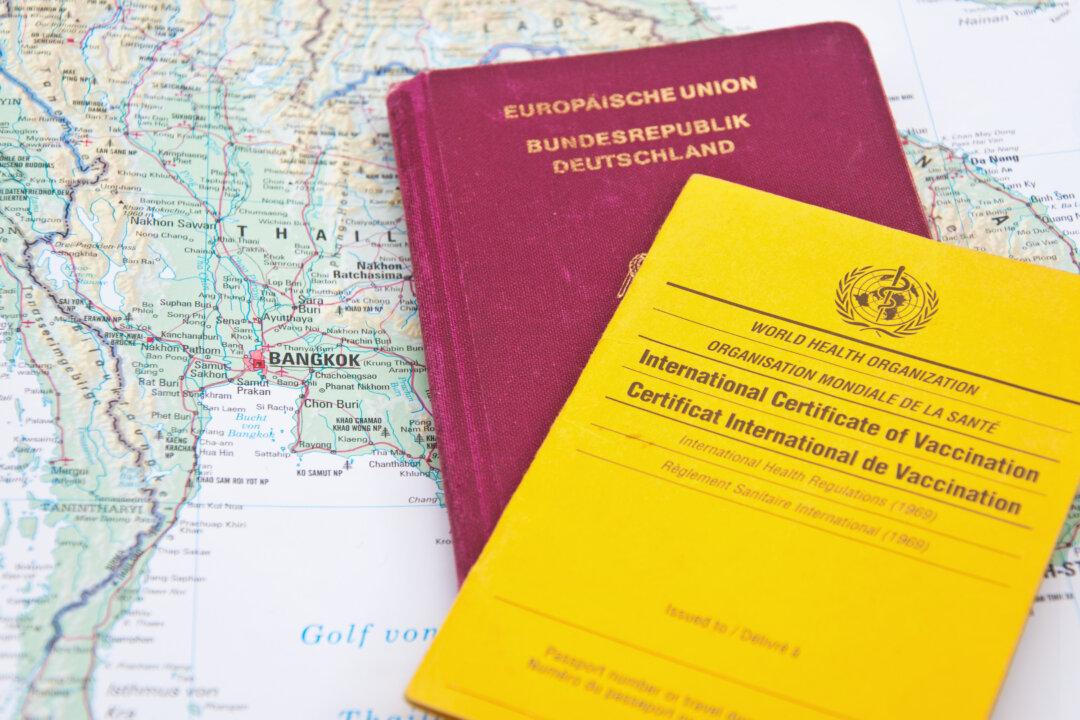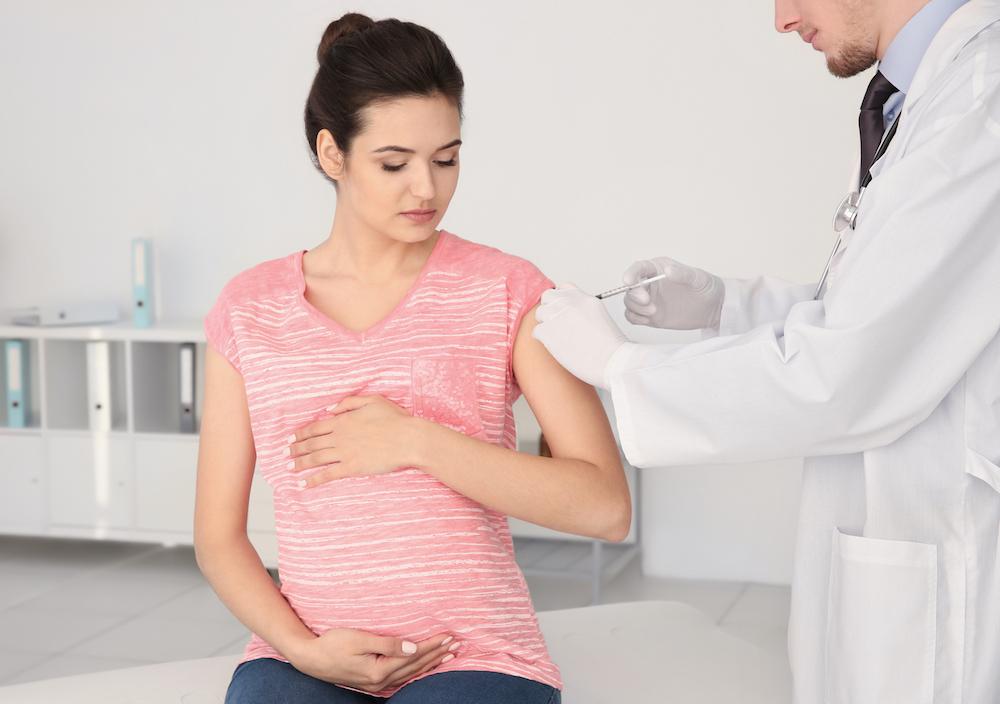Vaccine scientists and the public health community cautiously and occasionally will admit that vaccines can cause adverse reactions just like “any other medication or biological product.” Although experts are less willing to openly disclose the fact that adverse reactions can and do include death, one has only to look at reports to the U.S. Vaccine Adverse Event Reporting System (VAERS) to see that mortality is a possible outcome. From 1990 through 2010, for example, VAERS received 1,881 reports of infant deaths following vaccination, representing 4.8 percent of the adverse events reported for infants over the 20-year period. Moreover, analysts acknowledge that VAERS, as a passive surveillance system, is subject to substantial underreporting. A federal government report from 2010 affirms that VAERS captures only about 1 percent of vaccine adverse reports.
On the international frontier, the public health community—with the World Health Organization (WHO) in the vanguard—previously used a six-category framework to investigate and categorize serious adverse events following immunization (AEFI), including death. Guided by this tool, public health teams examined temporal criteria and possible alternative explanations to determine whether the relationship of an AEFI to vaccine administration was “very likely/certain,” “probable,” “possible,” “unlikely,” “unrelated,” or “unclassifiable.”
In 2013, the WHO’s Global Advisory Committee on Vaccine Safety discarded the prior tool, ostensibly because users “sometimes [found it] difficult to differentiate between ‘probable,’ ‘possible,’ and ‘unlikely’ categories.” The WHO enlisted vaccine experts to develop a “simpler” algorithm that would be more readily “applicable” to vaccines. The resulting four-category system now invites public health teams to classify an AEFI as either “consistent,” “inconsistent,” or “indeterminate” with a vaccine-related causal association or as “unclassifiable.” Despite the patina of logic suggested by the use of an algorithm, “the final outcome of the case investigation depends on the personal judgment of the assessor“ [emphasis added], especially (according to the tool’s proponents) when the process “yields answers that are both consistent and inconsistent with a causal association to immunization.”
Drs. Puliyel and Phadke describe what happened in India when the country’s National AEFI committee assessed 132 serious AEFI cases reported between 2012 and 2016, including 54 infant deaths that followed administration of a pentavalent all-in-one vaccine intended to protect recipients against diphtheria, tetanus, pertussis, hepatitis B, and Haemophilus influenzae type b infections. For babies who survived hospitalization, the committee classified three-fifths (47/78) of the AEFI as causally related to vaccines (with 47 percent of the incidents viewed as “product-related” and 13 percent as “error-related”), but they rated nearly all (52/54) of the deaths as either coincidental (54 percent) or unclassifiable (43 percent) despite mounting evidence that pentavalent and hexavalent vaccines are increasing the risk of sudden unexpected death in infants.
- “Even if a healthy child dies within minutes following vaccination and there is no alternate explanation for the AEFI, even then the powers that be could easily declare that death as coincidental and not due to the vaccine, thanks to the new AEFI. This is dangerous ’science'.”
- “Amongst the 20 items of their checklist, no less than 15 (75 percent) are devoted to refute a vaccine-induced causality [emphasis in original]…. After all and as the authors confess with an astonishing ingenuousness, the main point is to ’maintain public confidence in immunization programs.'”
- “People understand that there are no true coincidences—only events that have been made to appear to be coincidental by either a genuine lack of understand[ing] of the overall facts leading to the ‘coincidence’ reported or by the deliberate suppression of the facts, including when…AEFIs that result in death are made to ‘disappear.’”
- “It seems that huge business in [the] vaccine industry is affecting [the] science of vaccines and we are developing various ways to promote the business at the cost of human lives. …Going for a less sensitive tool for safety concerns is not only illogical but risky for the children of the world.”
Unfortunately, many vaccine proponents appear to be more concerned with forestalling “misconceptions” and “erroneous conclusions about cause and effect” than they are about preventing and identifying adverse events following vaccination. The result, as Dr. Puliyel argues, is that doctors who “naïvely” accept biased reports on vaccine safety “are losing the trust of the public and in the process…endangering public health.”
Robert F. Kennedy, Jr., chairman of the World Mercury Project (WMP) co-hosts “Ring of Fire” on Air America Radio, and has authored many books. His award-winning articles have appeared in America’s top newspapers. WMP’s vision is a world where mercury is no longer a threat to the health of our planet and people.




